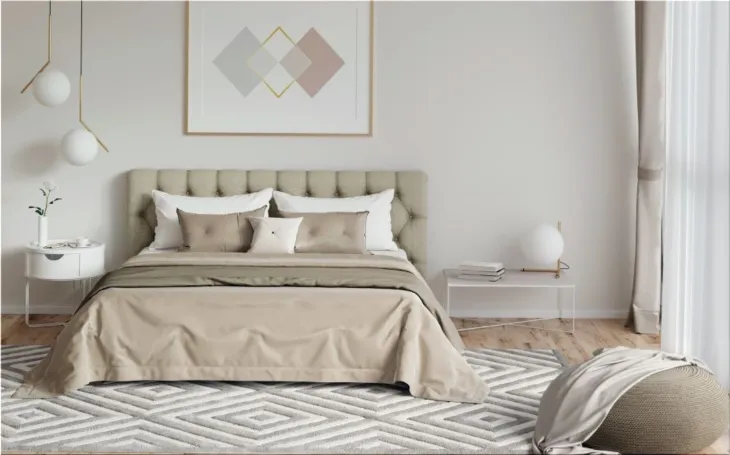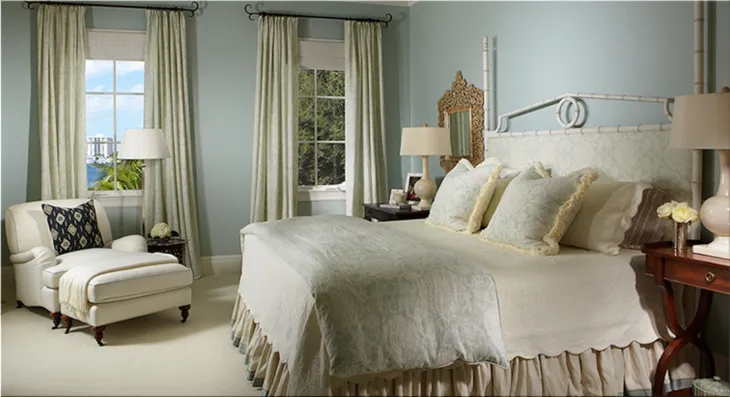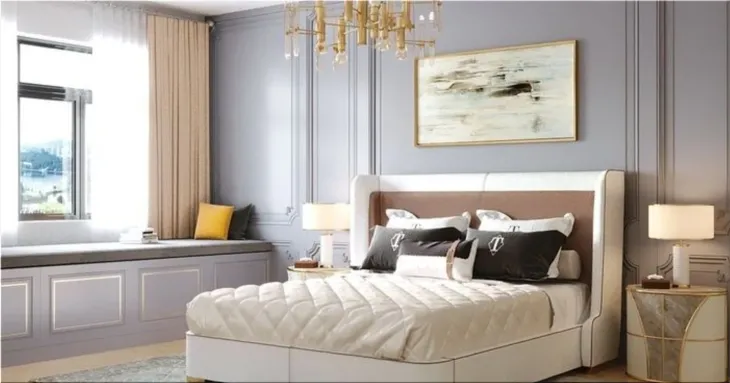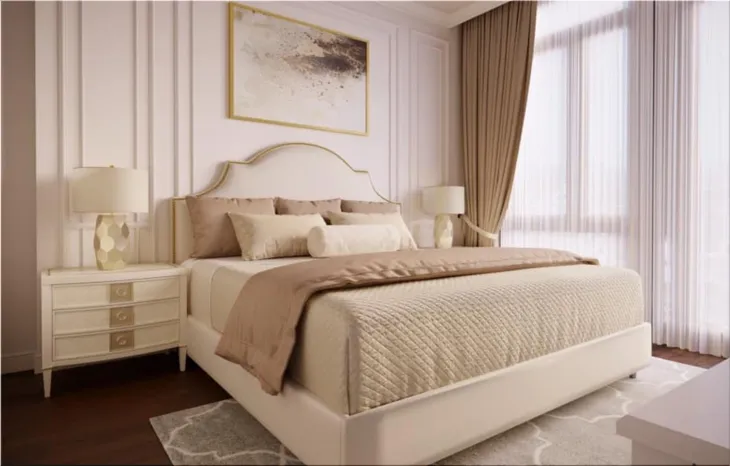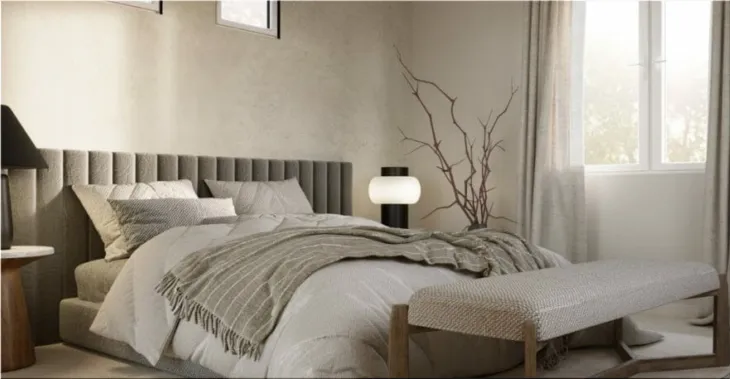We all deserve a good night’s sleep, and our bedroom environment plays a crucial role in achieving that. But let’s face it, creating a sleep-conducive haven isn’t always as straightforward as it seems. Even the most design-savvy individuals can fall prey to common mistakes that disrupt sleep patterns and leave them tossing and turning all night.
Mistake #1: Lighting Up Like a Christmas Tree
While a well-lit room is essential for daily activities, an overly bright bedroom can wreak havoc on your sleep cycle. Our bodies are naturally wired to respond to light cues. When exposed to bright light, especially in the evening hours, our production of melatonin, a sleep-regulating hormone, gets suppressed. This can lead to difficulty falling asleep, restless sleep, and waking up feeling tired.
Solution: Dim the Lights and Embrace the Night
Create a calming ambiance that promotes sleep by incorporating a layered lighting scheme. Opt for warm-toned bulbs with lower wattage for your main light source. Layer in accent lighting with table lamps or sconces that emit a soft glow. Consider installing dimmer switches to adjust the brightness according to your needs.
Mistake #2: Ignoring the Power of Color
The colors you choose for your bedroom walls, bedding, and furniture can significantly impact your sleep quality. Harsh, stimulating colors like red, orange, and yellow can energize the mind and make it difficult to wind down.
Solution: Embrace Tranquility with a Calming Color Palette
For a sleep-promoting environment, select colors that evoke feelings of peace and relaxation. Soft blues, greens, lavenders, and neutrals are excellent choices. These cool hues have a calming effect on the nervous system and can help you drift off to sleep more easily.
Mistake #3: Forgetting About Furniture Placement
Thoughtful furniture arrangement is crucial for optimizing both the functionality and sleep-friendliness of your bedroom. Here are some common furniture placement mistakes to avoid:
- Dominating Furniture: A bulky bed or overpowering furniture pieces can create a cramped and visually overwhelming atmosphere.
- TV Turmoil: The blue light emitted from televisions disrupts sleep patterns. If you must have a TV in your bedroom, position it away from the foot of the bed and consider using a sleep timer to automatically turn it off after a set period.
- Workstation Woes: Working from your bedroom can blur the lines between work and relaxation. If possible, designate a separate workspace in your home.
Solution: Prioritize Sleep with Strategic Furniture Arrangement
- Strike a Balance: Choose furniture that is proportional to the size of your bedroom. Avoid overcrowding the space.
- Prime Position: Place your bed in a commanding position, ideally facing the door. This can create a sense of security and control over the sleeping environment.
- Carve Out Calm Zones: If your bedroom doubles as a workspace or home gym, use area rugs, curtains, or room dividers to create distinct zones for sleep, relaxation, and activity.
Mistake #4: Neglecting the Power of Personalization
A bedroom that feels sterile and impersonal can be uninviting and fail to promote feelings of comfort and security.
Solution: Weave Your Personality into Your Sleep Sanctuary
- Sentimental Touches: Display photos of loved ones, artwork that inspires you, or travel mementos.
- Cozy Textiles: Layer on plush throws, pillows, and rugs to create a warm and inviting atmosphere.
- Aromatherapy: Diffuse calming essential oils like lavender or chamomile to promote relaxation.
Conclusion: Your Bedroom Oasis Awaits
By avoiding these common bedroom design mistakes and incorporating the expert-backed solutions provided, you can transform your bedroom into a sleep sanctuary that fosters tranquility and restorative sleep. Remember, your bedroom is a personal space. Don’t be afraid to experiment and find what creates the perfect sleep environment for you. Sweet dreams!




